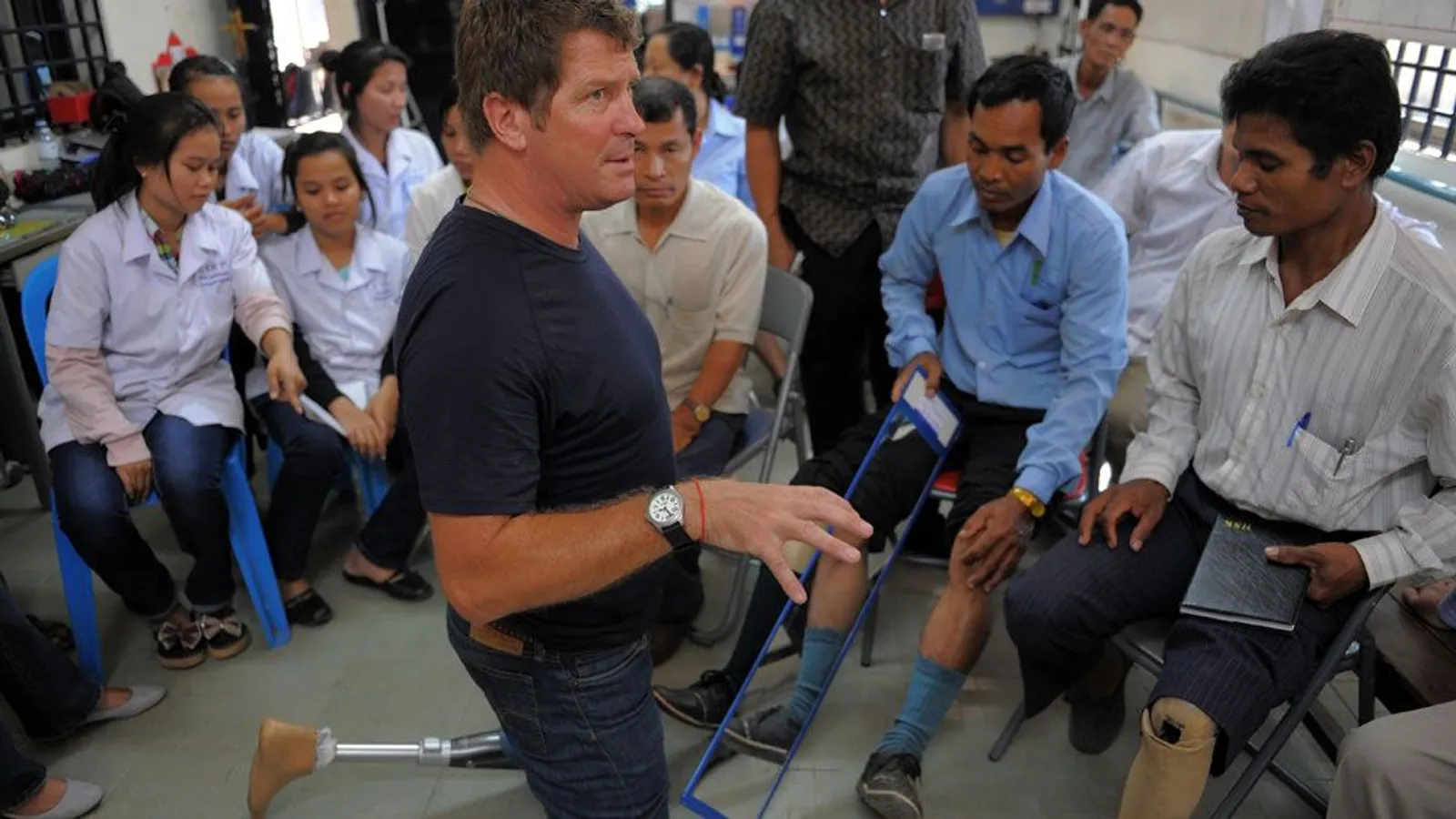I recently read a novel by Norman Doidge called ‘The Brain That Changes Itself’, and a chapter that caught my attention was on phantom limb pain. After reading this chapter, I realised that people who have lost limbs have to endure more problems than just adjusting to life without a hand or leg. They also must deal with excruciating pain that, to us as outsiders, does not exist. Many of us do not have this problem. However, many people in this world do. There are around 500 million amputees who have sadly lost a leg or arm due to disease, war, or accident. I believe the use of prosthetics and their advancement can help alleviate the pain.
The phantom pain phenomena
People who have this problem sometimes experience something known as phantom limb pain. This is when an amputee perceives pain in a limb that is no longer there. One of the main theories that draws my attention is the Central Theory: the brain tries to recreate a memory of the lost limb but fails because it does not receive feedback. I find this to be such an interesting phenomenon because, currently, there’s no guaranteed way to treat it; around 60-80% of amputees experience phantom limb pain. I then began wondering if there are any ways that people have managed to help others with this problem, and interestingly, I found this fascinating article about a man who helps people with mirrors.

Stephen has managed to ‘cure’ the phantom pain of many individuals using mirrors. As I study neuroscience, I find this impossible as there is no scientific basis. However, many people report that mirror therapy truly has helped them overcome the pain, including Stephen himself, and I cannot dispute this.
How prosthetics can help.
After reading this, I began to wonder if prosthetics can help with this problem. Rather than using mirrors, the integration of a prosthetic with peripheral feedback may reduce the pain.
Many kinds of prosthetics exist, from a toe to an entire leg. Scientists are trying to improve prosthetics every day with new innovations. These new innovations can help people who have missing limbs live a higher quality of life.
A paper published in 2018 found that leg amputees using an electrocutaneous feedback prosthetic were able to alleviate phantom limb pain. Furthermore, another paper discussed a biological interface developed by the University of Michigan. They developed a new approach which involves a small graft of muscle tissue surgically attached to the end of a severed nerve in an amputee’s arm. This is known as the Regenerative Peripheral Nerve Interface(RPNI). The researchers managed to demonstrate that RNPIs attached to the peripheral nerves will contract when the person thinks about contracting. This links back to the Central theory as the brain receives the feedback it looks for.
I find this incredible because we can ‘trick’ the brain into believing that the limb is still there.
How far can they go?
From what I have been reading, I can extrapolate that the true potential of prosthetics lies in the full integration of the brain and machine.
However, this raises concerns for me as there are ethical issues. For example, when they become advanced enough, people may opt to remove their limbs willingly to have an advanced body part. Where do you draw the line on this? Is mutilation of one’s own body acceptable if it’s consensual?
These are all questions that really must be considered when the time comes, and I personally believe that physical enhancement should not be allowed without reason.